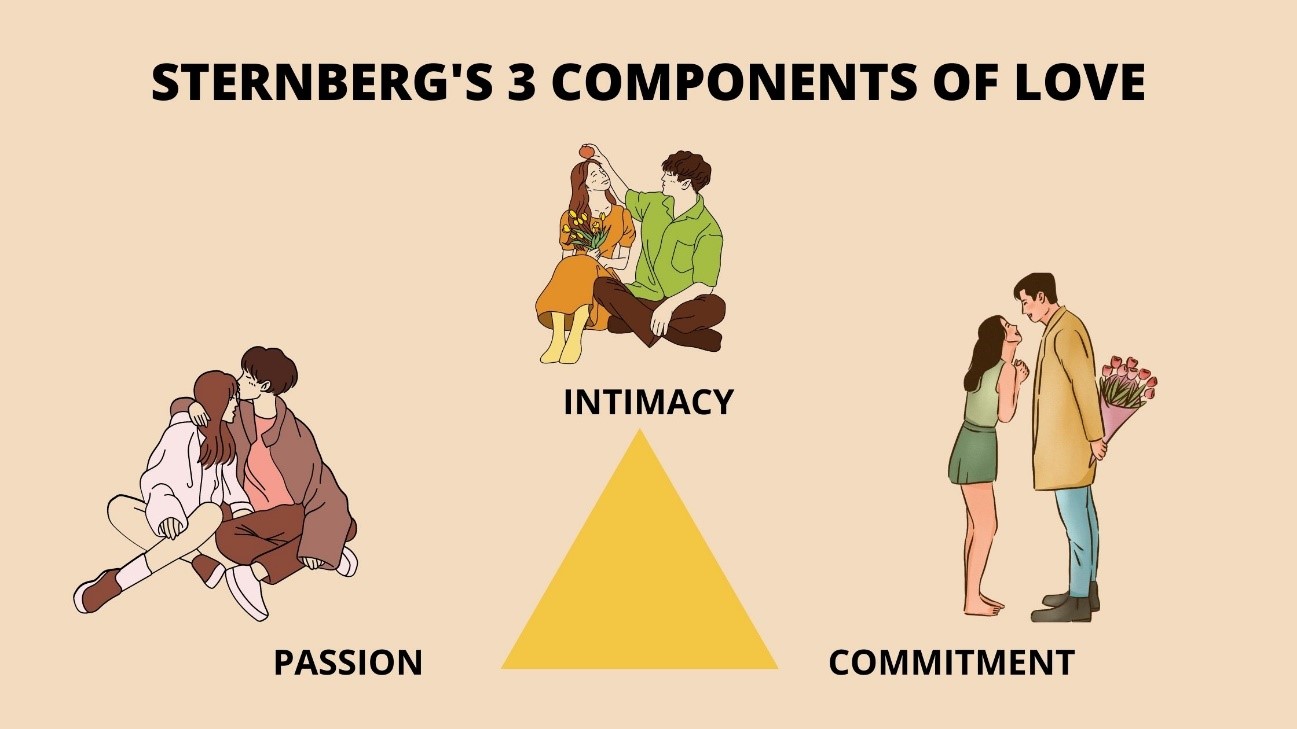I. Introduction
At the heart of understanding and navigating the complexities of human relationships lies the Triangular Theory of Love. Developed by psychologist Robert Sternberg, this theory provides a comprehensive framework for analyzing and enhancing the dynamics of love. In this exploration, we’ll delve into the components of the Triangular Theory—Intimacy, Passion, and Commitment—and how they shape the various types of love individuals experience.
II. The Three Components Explained
Intimacy
Intimacy forms the foundation of the Triangular Theory. It goes beyond physical closeness and encompasses emotional connection and vulnerability. Building various forms of intimacy, from intellectual to emotional, strengthens the bond between individuals. In essence, it lays the groundwork for deeper connections.
Passion
Passion ignites the fire in romantic relationships. It involves both physical and emotional attraction, driving the fervor and excitement experienced in the initial stages of love. Nurturing and sustaining passion require effort, creativity, and a commitment to keeping the flame alive.
Commitment
The enduring force in long-term relationships, commitment involves the decision to stay devoted to a partner. It goes beyond fleeting emotions, embracing a sense of responsibility and dedication. Balancing independence and togetherness becomes crucial in fostering lasting commitment.
III. Types of Love
Consummate Love
At the pinnacle of the Triangular Theory is Consummate Love, where intimacy, passion, and commitment harmoniously coexist. Achieving this perfect balance is a lifelong journey, and examples of consummate love provide inspiration for those seeking profound connection.
Romantic Love
Romantic love places a strong emphasis on passion, creating an intense and emotionally charged experience. While it often characterizes the early stages of a relationship, navigating the challenges and rewards of romantic love is essential for its sustainability.
Companionate Love
Built on deep friendship and shared life experiences, companionate love thrives on the warmth and comfort found in long-term partnerships. Focusing on companionship and mutual support, this type of love offers lasting fulfillment.
IV. Challenges and Common Misconceptions
Challenges in Balancing Components
Maintaining equilibrium among intimacy, passion, and commitment poses challenges. Strategies such as open communication and flexibility become essential in addressing imbalances and fostering a healthy connection.
Myths About Triangular Theory of Love
Dispelling common misconceptions is crucial for realistic expectations in relationships. Understanding that love is dynamic, evolving, and unique to each individual helps dismantle unrealistic notions.
V. Applying the Triangular Theory in Real Life
Practical Tips for Couples
Communication techniques, shared activities, and mutual growth contribute to the practical application of the Triangular Theory. Couples can benefit from implementing these strategies to enhance their connection.
Recognizing and Addressing Issues
Identifying warning signs and addressing issues promptly is vital for maintaining a healthy relationship. Seeking professional guidance when needed reinforces the commitment to nurturing a strong and enduring connection.
VI. Conclusion
In conclusion, the Triangular Theory of Love serves as a guiding light in understanding the multidimensional nature of human connections. By acknowledging and actively cultivating intimacy, passion, and commitment, individuals can navigate the complexities of relationships with wisdom and compassion. Ultimately, the journey of love is a dynamic and evolving expedition, with the Triangular Theory as a reliable compass for those seeking enduring and fulfilling connections.





